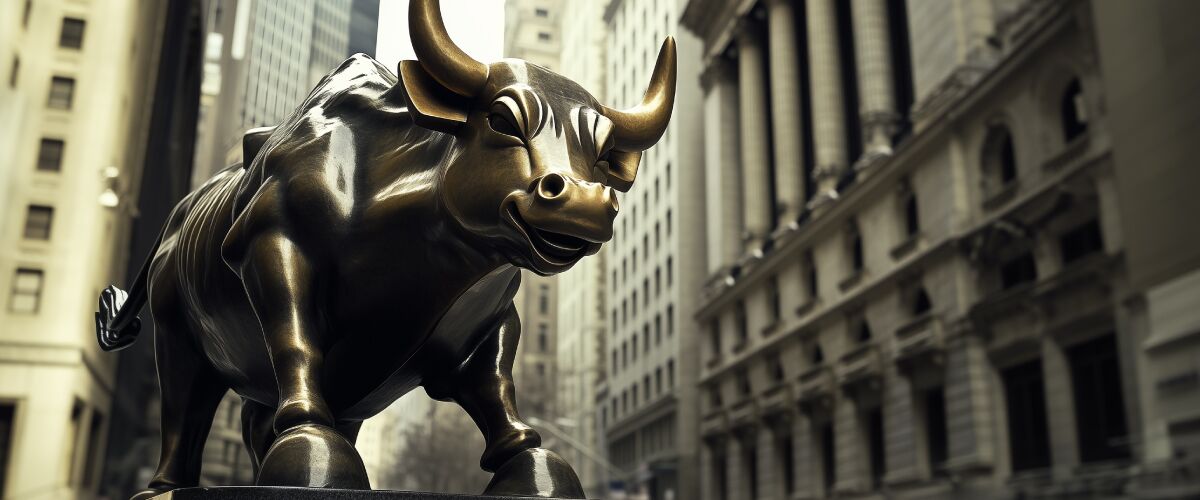Warning Signs of an Impending Recession
Let’s explore key recession warning signs by analyzing economic events from 2019 and how they offer lessons for future downturns.
It’s here, or at least nearly here. “It,” in this case, refers to an impending recession.
We can debate the causes – escalating trade tensions between the US and China, excessive risky debt, the end of the longest bull market in history, or perhaps a combination of all three.
But economic indicators suggest the recession we’ve anticipated for so long is on the horizon:
-
Since June, the yield curve for US Treasury securities has remained “inverted.” That means investors are favoring long-term bonds, expecting lower interest rates ahead. Inversions are widely regarded as one of the most reliable predictors of recessions. Indeed, the last five US recessions followed inverted yield curves.
-
The US manufacturing industry, which employs nearly 13 million workers, continues to shrink. Production declined sharply in the second quarter, and surplus capacity is growing. Factory activity has now hit a 10-year low.
-
Consumer confidence remains at multi-year lows, reflecting pessimism about the economy. Americans believe job opportunities are dwindling and worry about the ongoing trade war’s impact.
Just as in the last recession, credit rating agencies are again making questionable assumptions to extend credit to cash-strapped corporations. The volume of debt rated BBB- (the lowest investment-grade rating) has soared from $700 billion in 2008 to $3 trillion today. In 2007, companies with BBB- ratings averaged net debt of 2.1 times earnings, but today that figure has risen to 3.2. More than one-third of these companies have debt-to-earnings ratios exceeding five.
Stock Market Volatility: The First Warning Sign
The most visible consequence of a recession will be heightened stock market volatility. Recently, the Dow Jones Industrial Average dropped nearly 3%.
However, a more serious impact lies within the BBB- bond market. If a large portion of this $3 trillion debt is downgraded to junk, pension funds and other institutional investors required to hold only investment-grade bonds will be forced to sell. The ensuing fire sale could cause catastrophic losses, potentially within hours.
We’ll also see more interest rate cuts by the Federal Reserve. On July 31, the Fed reduced short-term rates by 0.25%. Bond futures suggest traders expect another 0.25% rate cut at the next Federal Open Market Committee meeting.
As the world’s largest economy, the US doesn’t operate in isolation. In the last recession, central banks implemented negative interest rates, a trend that persists.
-
The European Central Bank (ECB) introduced negative interest rates in June 2014. These rates apply to the “deposit facility rate,” which is the rate on “excess reserve” banks maintain at the ECB.
-
Switzerland and Denmark took it further, with rates as low as -0.75%.
Holding Cash: A Safe Haven in a Negative Rate World
Holding cash in a safe now offers better value than paying for the privilege of keeping it in a bank. For example, 100 Swiss francs stored at home will still be CHF100 after a year, while negative rates would erode that amount to CHF99.25.
In 2015, Citigroup’s Chief Economist Willem Buiter suggested abolishing cash to enable deep negative interest rates, as low as -6%, to compel consumers to spend and banks to lend.
Although the US hasn’t gone that far, countries worldwide have cracked down on cash transactions.
-
Italy banned cash payments above €3,000.
-
France prohibits cash payments over €1,000 and sending cash through the mail.
-
Spain enforces a €2,500 limit and fines violators 25% of the cash amount.
Governments claim these restrictions combat tax evasion and terrorism, but the real objective appears to be protecting banking systems. Moreover, under global “bail-in” rules, depositors must absorb losses if a bank fails.
Will these efforts stave off recession and revive the economy? The experience of the last downturn suggests otherwise. In countries like the US, Japan, and the eurozone, interest rates fell as debt increased—contrary to economic theory, which predicts that deficits trigger inflation.
One key issue is the diminishing impact of new debt on economic growth. Global debt levels now exceed $246.5 trillion, or 320% of global GDP. High debt slows the velocity of money, meaning less borrowing and spending. In fact, the velocity of money has dropped by one-third since 1998.
How to Get Defensive and Protect Yourself
In the face of this growing economic uncertainty, consider these strategies:
-
Sell stocks and high-yield bonds, and hold cash. When possible, withdraw newly issued bills, as most circulated currency contains drug residue and can be confiscated.
-
Convert some assets to gold and store it securely at home or in a non-bank depository. If your gold holdings exceed $100,000, consider storing a portion abroad in private vaults.
-
Keep cash deposits in the strongest banks to minimize the risk of bail-ins.
My greatest concern, however, is that this bear market could trigger a systemic financial collapse. If that happens, asset depreciation will be the least of your worries. You may discover that someone else has a superior claim to what you thought you owned.
For example, you don’t own the money in your bank account – the bank does. You hold only an unsecured IOU. If the bank fails and deposit insurance doesn’t cover your claim, you’ll be left with nothing.
To protect against systemic risk, ensure your assets are held by the safest and most liquid brokers or banks. Additionally, employ strategies that place you at the front of the creditor line if these institutions fail.
Need Help?
Planning ahead is the key to staying one step ahead of economic turmoil. Book your free consultation today and learn how we can help safeguard your wealth—before it’s too late.













